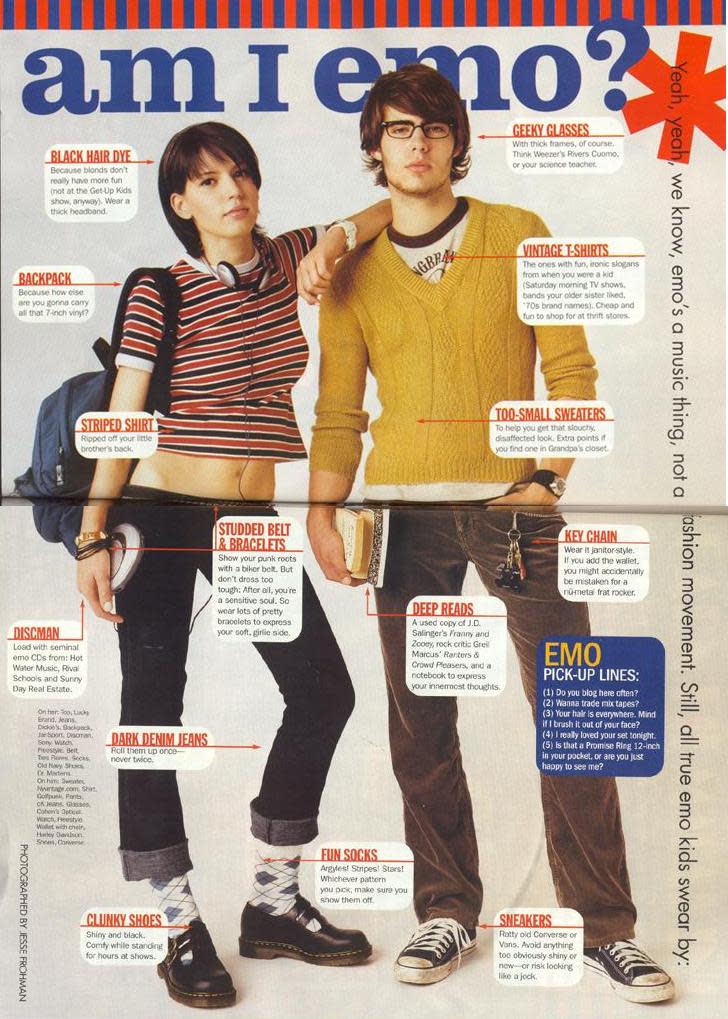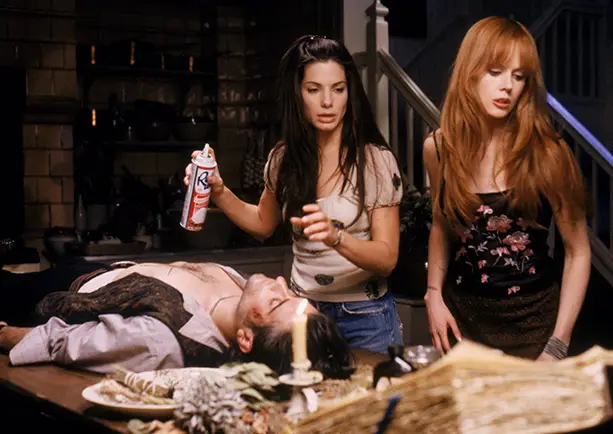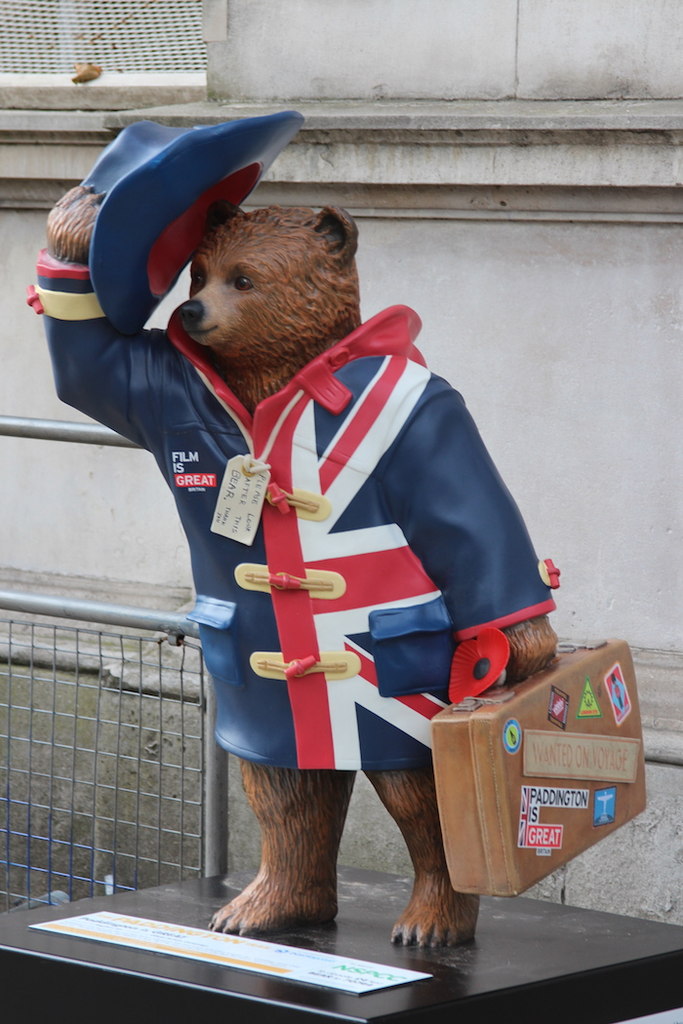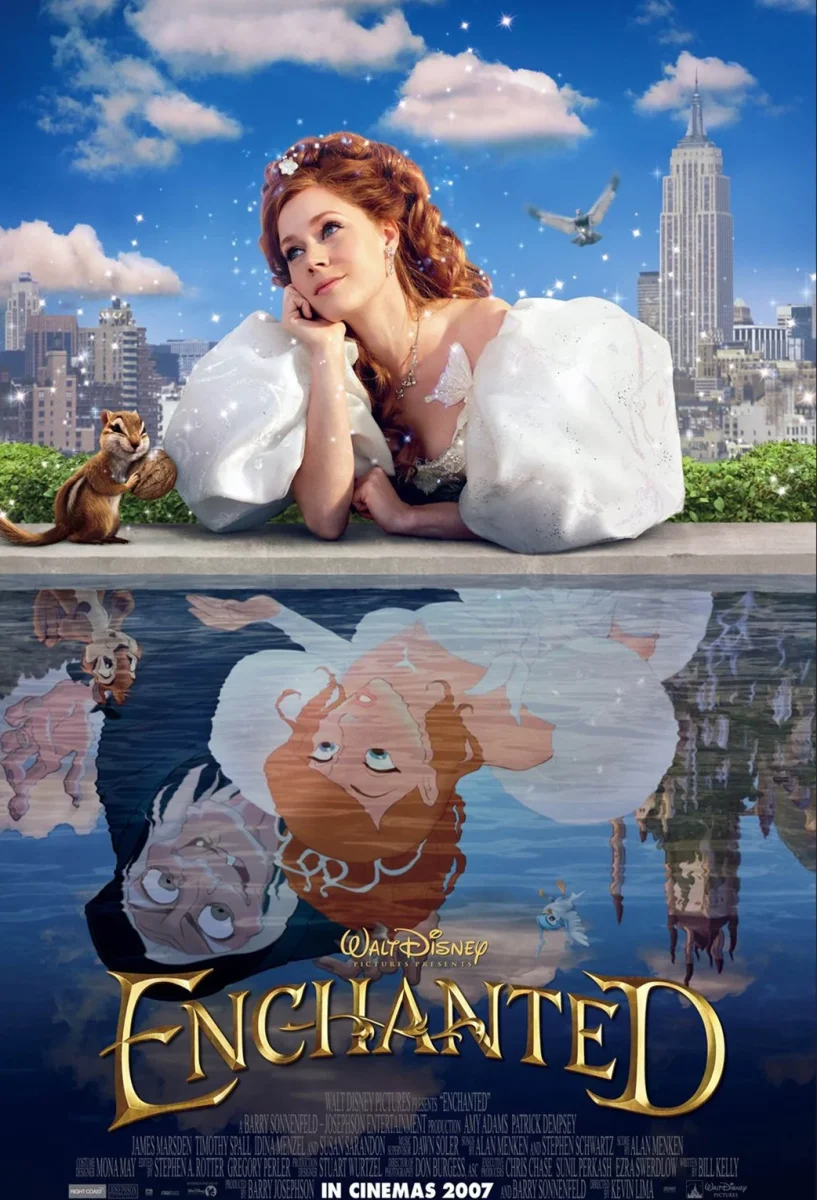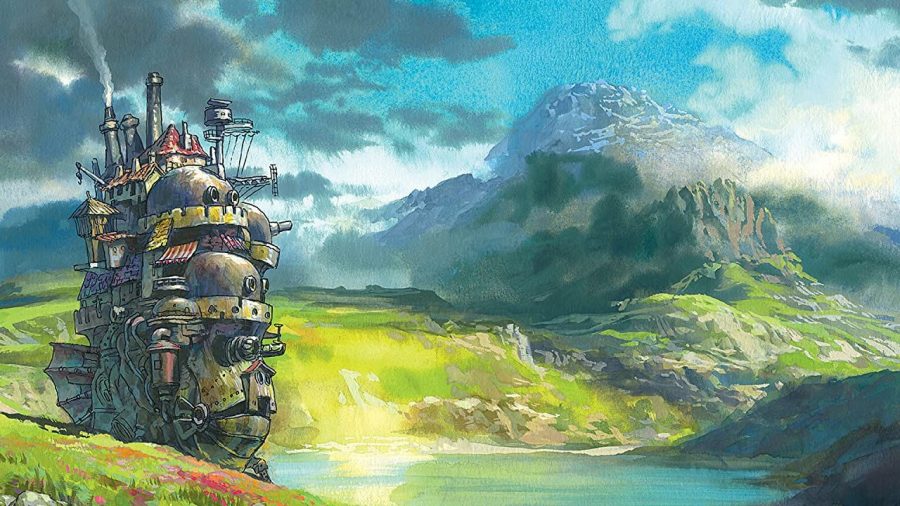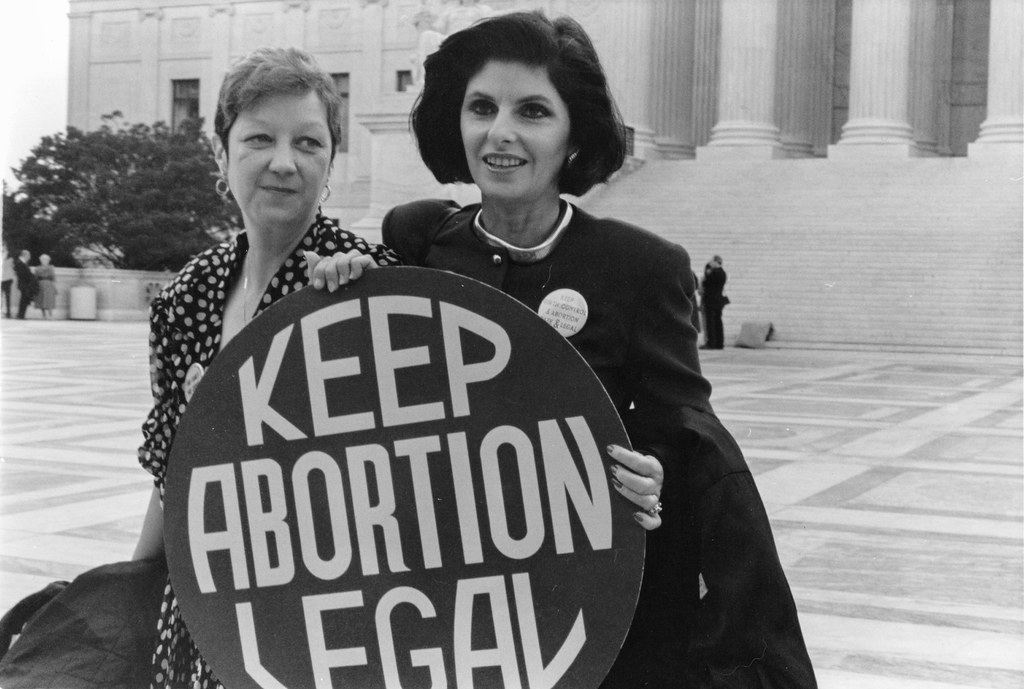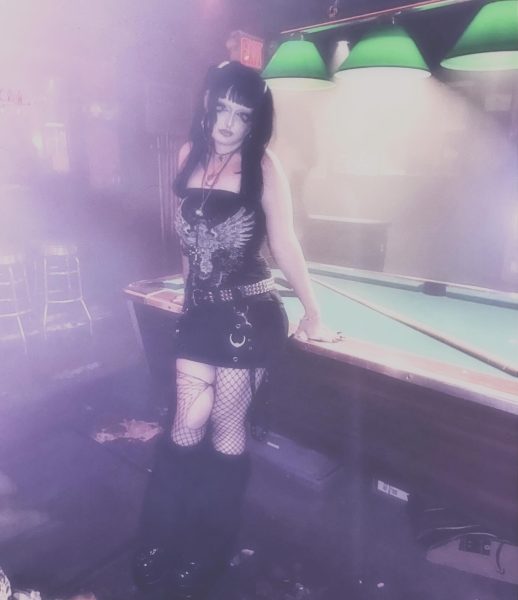The emo subculture is one of the most iconic alternative subcultures trending today on platforms like TikTok, Instagram and Pinterest. Despite its popularity, the essence of the original emo movement is often diluted, leading to misidentifications and oversimplifications of the genre. The history is rich with emotional depth, artistic expression and a cultural impact that has become a massive element in mainstream fashion.
The term “emo” has existed longer than we realize, and we can trace emocore music back to bands in the 1980s, like Rites of Spring. The first time someone used the shortened term “emo” was at a punk show in 1980 when a crowd member shouted “emo” at the punk band performing, referencing emocore music. Though similar to punk music, the culture at shows and the message of the music were less violent and aggressive. “Emocore” is a mix of the words “emotional hardcore,” which centers around the individual’s pain.
As the “South Park” goths explain it, “Goths think the world is messed up, and they like it; emos think the world is messed up, and it’s their fault.” That sums up the Emo music genre and subculture. The music was self-wallowing and emotional, while other music in similar underground scenes promoted violence and taking action against the system.
The emo scene remained underground until the early 2000s when bands like Fall Out Boy, My Chemical Romance, and Panic! At The Disco skyrocketed the rebranded genre into the mainstream spotlight. Big side bangs, black eyeliner, skinny jeans and “Invader Zim” shirts took over the once hardcore culture it had in the 1990s. Emo rejected mainstream cheerfulness, drawing attention to mental health, personal struggles and the darker sides of youth. It was a popular subculture among middle schoolers and high schoolers, most likely dealing with mental health issues and the growing pains of puberty.
In the 2010s, the emo subculture’s influence continued, evolving with the rise of social media, allowing fans to connect, share art and celebrate their identities. However, with this digital evolution, a more stylized and pop culture-related wave of emos. This is often where people mix up Scenecore, Emo and Scenemo. There’s an overlap in music style but a distinction in fashion design. The new emo of 2010 is what we think of now and what is generally referenced when people say emo. The Tumblr-esque hair, black Converse and raccoon eye makeup define the fashion genre now.
Shops like Hot Topic and Spencer’s have become staple stores for anything and everything emo, with essentials like chokers and studded belts in surplus. Hot Topic has been the emo go-to store since 1989 and still thrives in your local mall. Grab the tightest jeans, the oldest band tee, the smallest choker and the baggiest sweater you have to create this look. Make sure your bangs cover at least one eye, and your Converse better have drawings on them.

